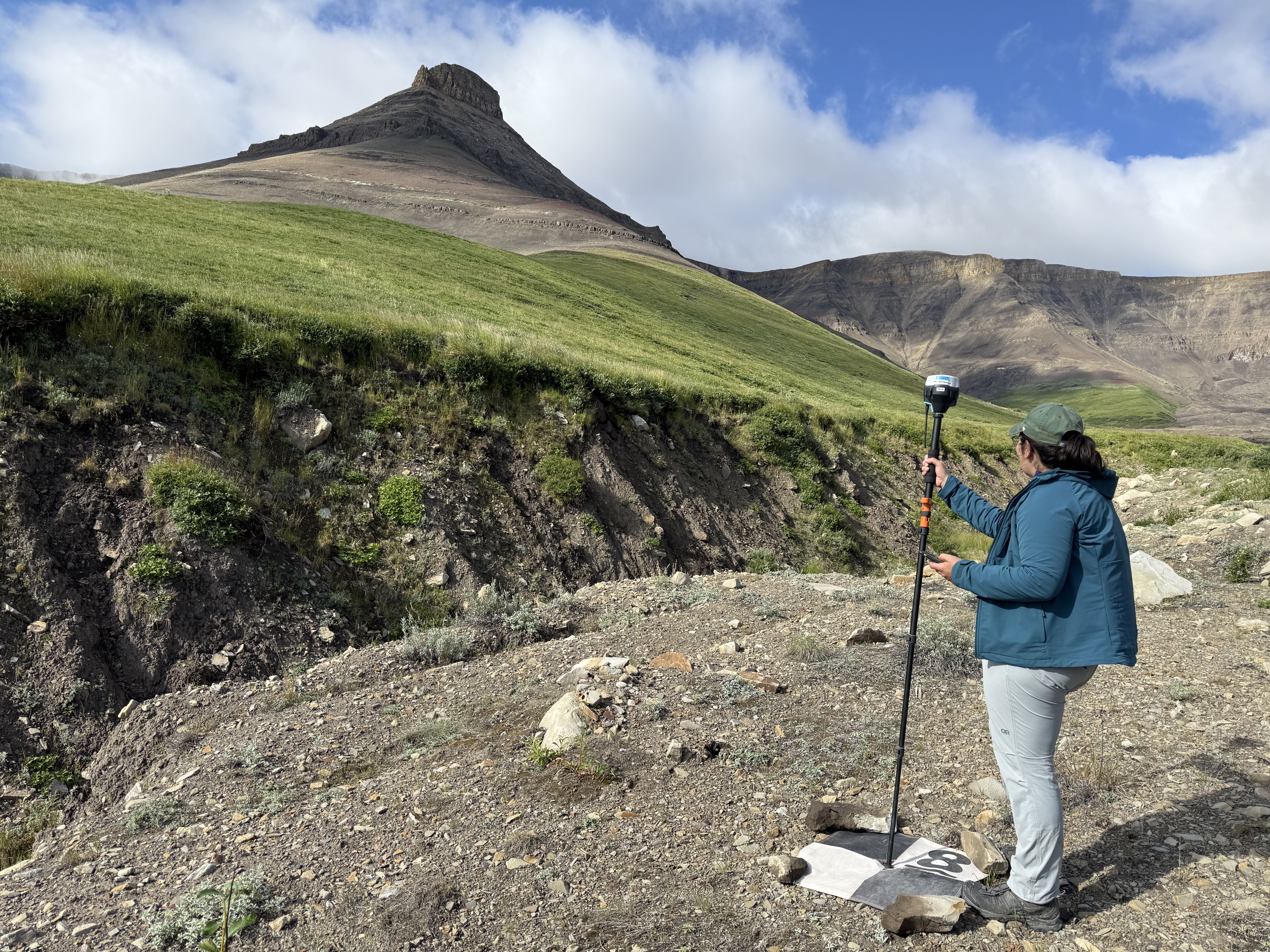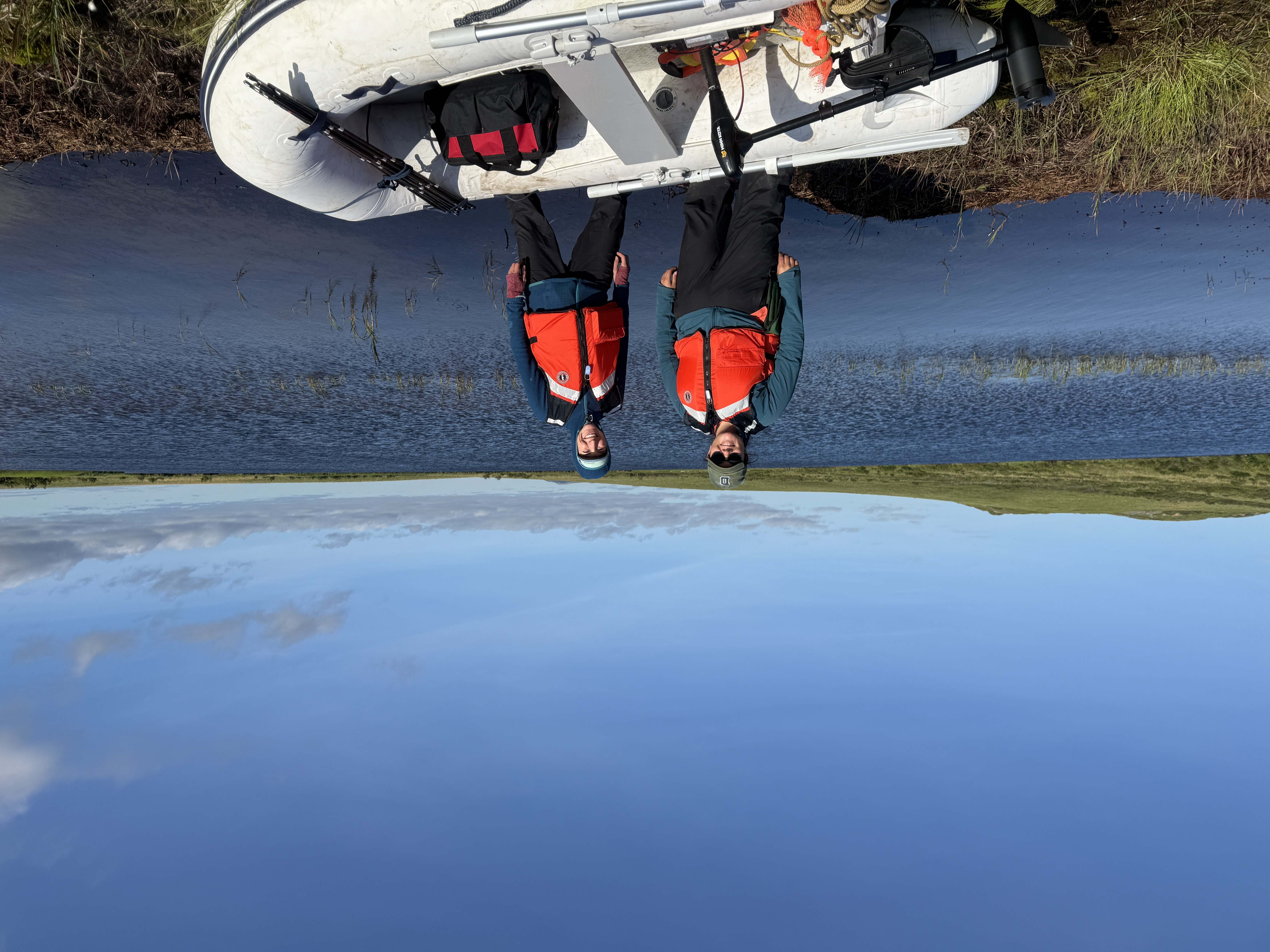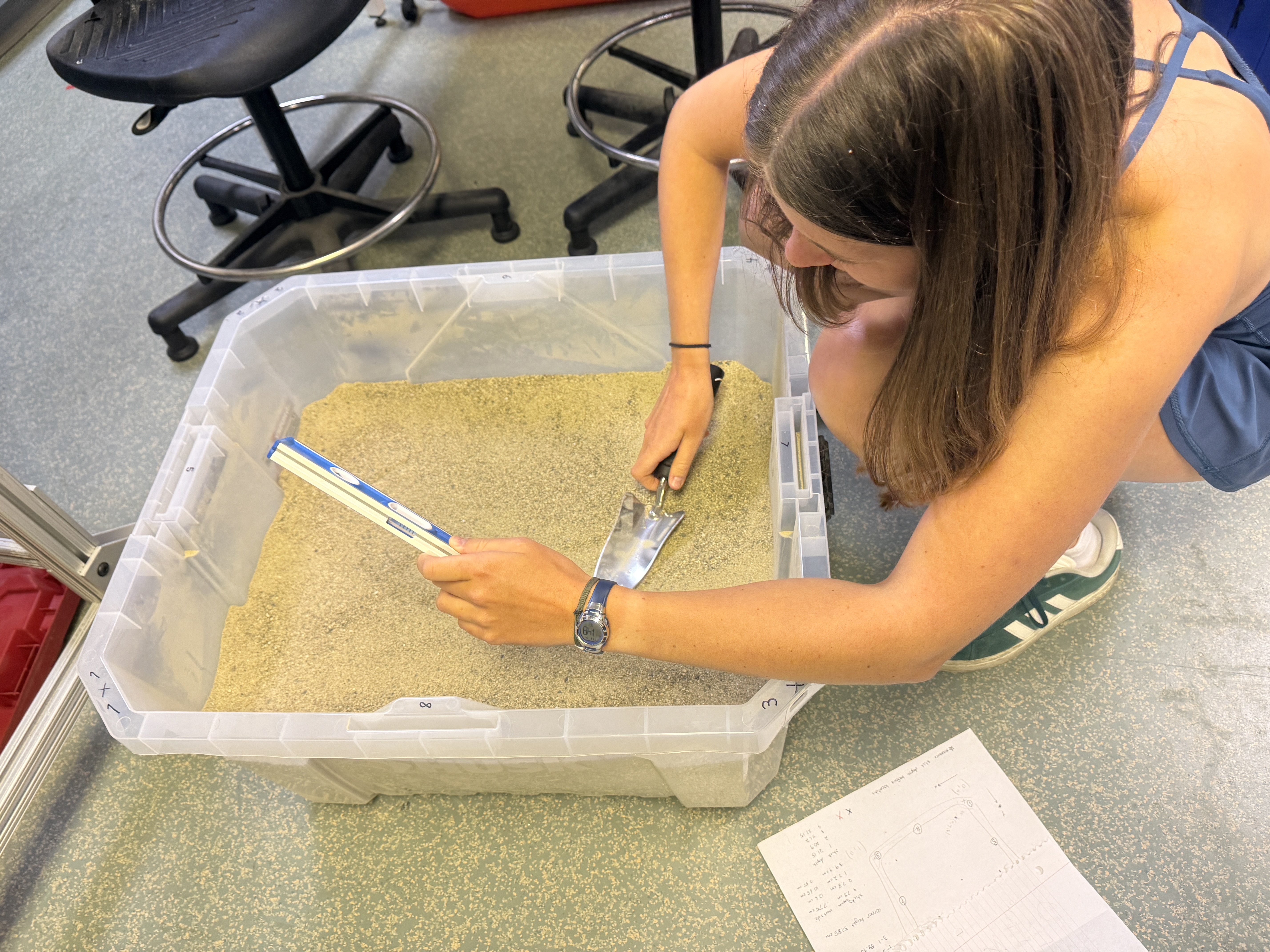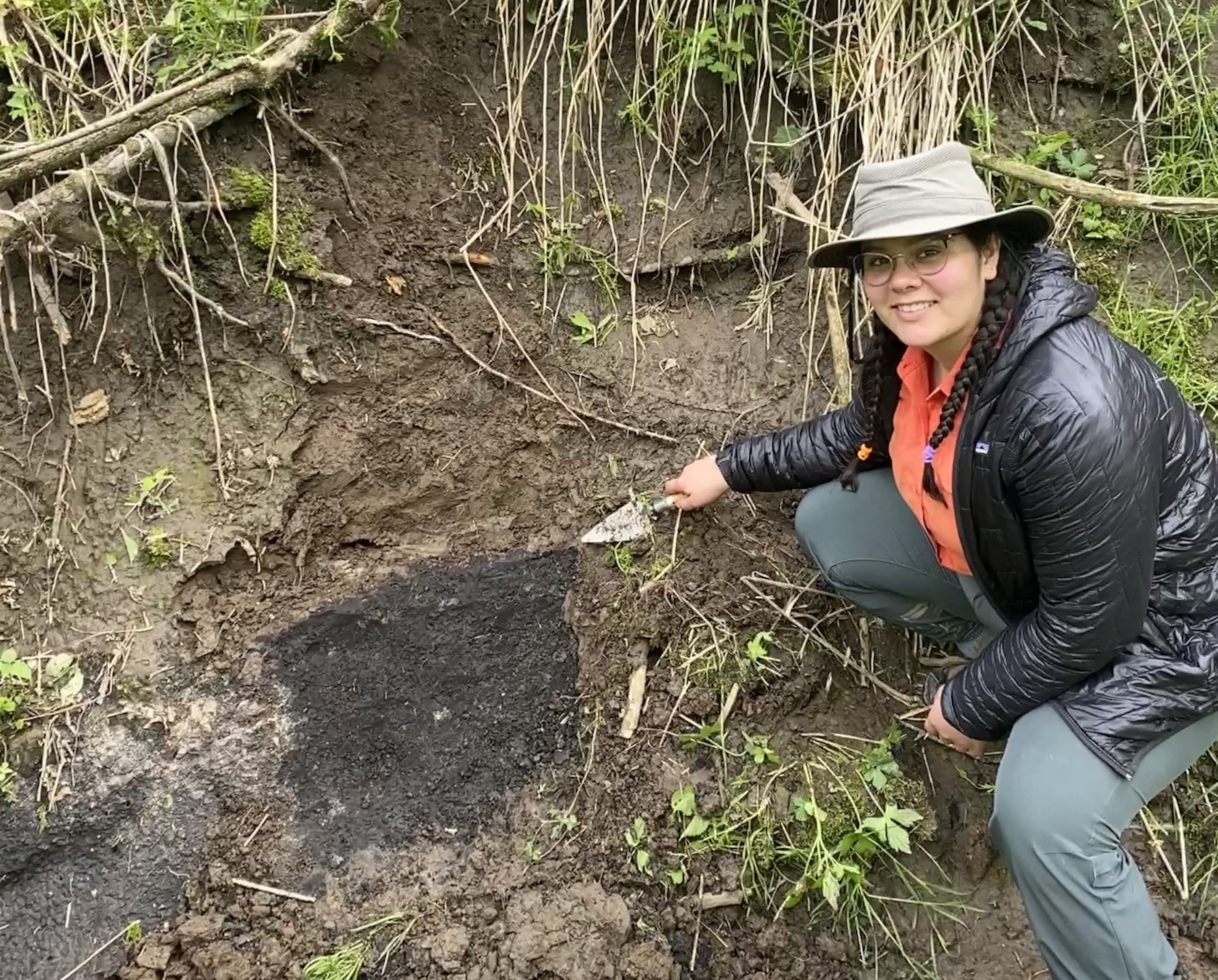Current Projects
Cool Fans
Remote sensing of alluvial fans to study periglaical sediment transport in the Richardson and Mackenzie Mountains, Canada.
Arctic Lake Cores
Project in development to use lake cores from the Richardson mountains, NWT, Canada to understand the relationship between deglacial climate change and sedimentation.
Project KEtTLE
Laboratory experiments using off the shelf supplies to quantify kettle lake formation mechanisms and landscape roughness in proglacial landscapes.
(Undergraduate Student-Led Project)
Additional Research Projects
Plow vs Ice Age
Comparing thousand-year post-glacial landscape erosion rates to decadal post-Euro-American erosion rates in the upper Mississippi River Valley.
(Project recently featured on Science.org)
Meltwater, Mud, and the Mississippi
Using fine-grained, slackwater sediment cores to study glacial drainage reorganization during the retreat of the Laurentide Ice Sheet.
Other Research Projects
Collaborator-driven research, including several co-authored publications focused on the Southern Patagonian Ice Field.





